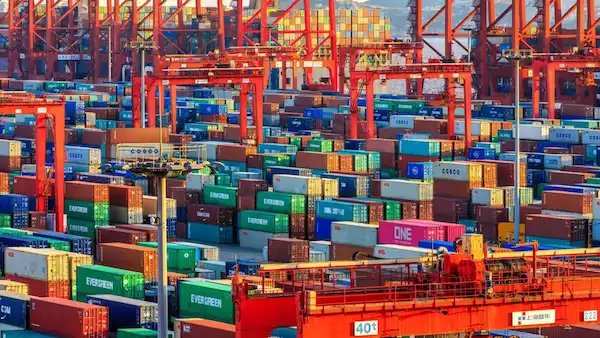Bending without breaking: Notes from supply chain industry 2020-21
A year ago, none of us could have predicted that 2020 and 2021 would push global trade into utter chaos. But what’s even more astonishing is the spirit of resilience shown by supply chains worldwide all through the pandemic.
Despite facing the full force of covid-19, the industry refused to get bogged down by the crisis. Now, as we complete a year of the pandemic, it seems like an appropriate time to revisit and reflect on the insights gained from the last several months.
Uncertainty is here to stay, but so are opportunities
Even as organisations slowly bounce back from the covid setback, unpredictability is bound to remain. But at the same time, by making efforts to achieve supply chain resilience, global organisations can find opportunities amid the crisis.
The focus now should be on adopting tools that facilitate supply chain transparency and offer rich analytics to make informed decisions.
Counter crisis with the right tools
At the start of 2020, IMO 2020’s regulations forced nearly 10% of the global container fleet to be retrofitted for scrubbers and increased carrier costs by 10-15%. And the disruption caused by the pandemic driven container shortage, Suez Canal blockage, etc., further led to price volatility.
Even today, due to faltering contracts, companies are being forced to turn to the spot market. Thus, for those with hundreds and thousands of shipments per month, it’s crucial to have competent tools at hand to secure competitive rates quickly, each time.
Similarly, with port delays becoming a common occurrence, it’s vital that organisations leverage advanced auto-tracking systems to trace their shipments’ movement. With end-to-end supply chain visibility, shippers can ensure that they’re well-equipped to deal with possible headwinds.
It’s never too late to adopt sustainable practices
The International Transport Forum estimates that about 7% of global emissions are from trade-related freight transportation and are set to increase fourfold by 2050. Thankfully, despite the economic roller coaster, many organisations have continued to prioritise their sustainability initiatives.
If your organisation is working towards building supply chain sustainability, you must explore carbon-neutral shipping and how it can benefit your profits and the planet.
Digital transformation is the norm
Since the pandemic began, we have witnessed companies rapidly deploy various supply chain technologies to build agility and efficiency into their systems. Besides, due to remote working, logistics teams are rapidly turning towards cloud-based platforms to ensure effective collaboration.
Undoubtedly, the pandemic is a wake-up call for other companies to lean on technology. In a European survey, about 70% of executives from Austria, Germany, and Switzerland said the pandemic is likely to accelerate the pace of their digital transformation.
Bigger the storm, brighter the rainbow
2021 is a reminder that global supply chains can accelerate out of any and every downturn with a bit of help. The industry has many lessons to teach; the question remains, are we listening?
Get in touch with our team here to know more details or if you have questions. We are always happy to share what we have learnt by serving hundreds of logistics teams globally.






